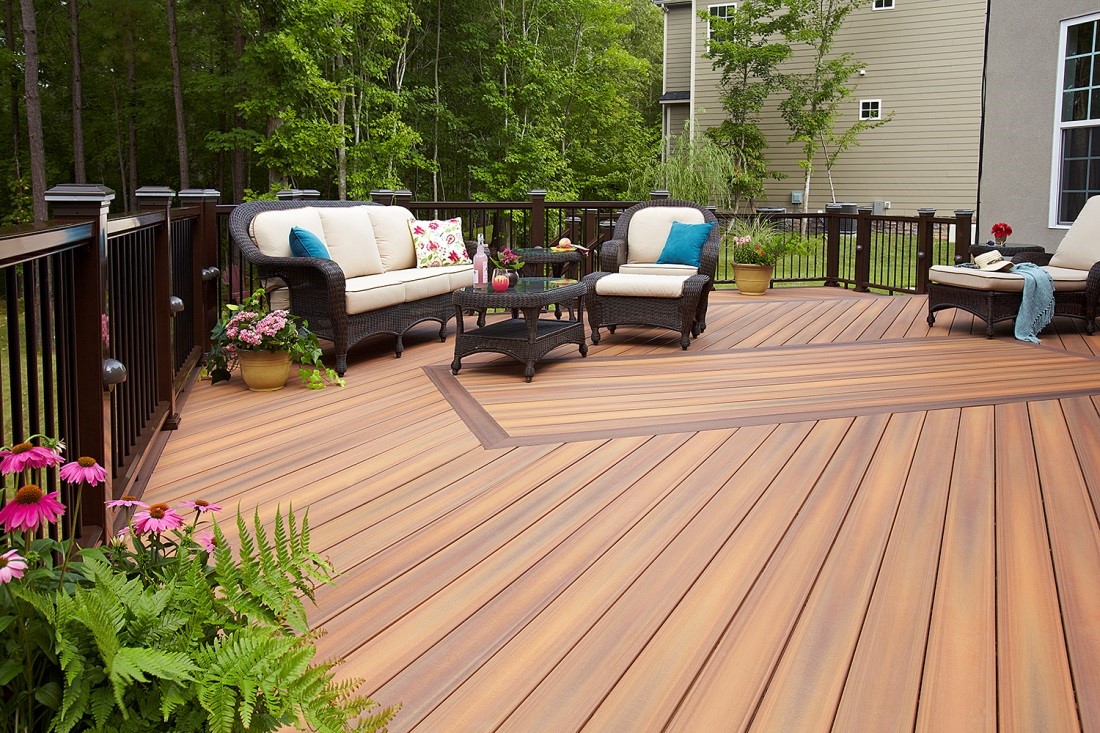Top 4 Features and Benefits of a Structural Plastic Lumber

There are many benefits to choosing structural plastic lumber. Among them are durability, resistance to rot, and environmental friendliness. This article will cover 4of the most important features of structural plastic lumber. In addition, there is more than one type of structural plastic lumber!
Fiberglass reinforced plastic lumber
If you’re considering replacing treated wood in your construction project, you should consider plastic structural beams. Made of recycled HDPE plastic, structural grade lumber offers structural strength without the expense of natural wood. It’s commonly used for decks, retaining walls, and boardwalks. You may also be interested in its eco-friendliness. But before you make your next decision, check out these features and benefits.
First, fiberglass is lightweight yet strong. Its composite material has a high strength-to-weight ratio, allowing maximum design flexibility. In addition, the fibers are resistant to corrosion and rot. Another advantage of fiberglass is its nonmagnetic properties, making it safe for land applications. Fiberglass is also 100% recyclable, making it an environmentally-friendly alternative to wood. If you’re unsure whether this product is right for you, consult your contractor about its safety benefits.
Durability
Plastic lumber, often known as plastic timber, is a synthetic wood framework entirely made of plastic. It’s critical to understand the difference between plastic and composite wood. While plastic lumber is constructed of recycled plastic, composite timber is a semi-synthetic structure created from a combination of plastic and wood. Structural plastic lumber is a new construction material made of recycled plastic with fiberglass reinforcement. Its unique composition makes it ideal for outdoor structural applications that require exceptional durability and strength. Plastic has one of the longest life cycles of any material on the earth, so you might argue that plastic lumber is sturdy and long-lasting. The majority of the strength of plastic lumber comes from its resilience to the weather.
That’s why so many people turn to this type of material for their projects. So many people turn to this type of material for their projects.
Resistant to rot
Structural plastic lumber is an environmentally friendly alternative to wood. Plastic lumber is 100% recyclable and is composed of post-consumer waste and virgin plastics. These materials are extruded and molded to meet specific building requirements. The plastic lumber may be a hollow profile, a composite material, or an injection-molded product. Each type has its pros and cons. However, if durability is the most important factor, plastic lumber is probably the best choice.
The initial research and development of rot-resistant framing materials focused on the product’s performance. Testing of the plastic lumber found that the in-plane compression modulus was 260+-30 MPa. This high modulus should limit plastic lumber usage to non-load-bearing structural applications.
Environmentally friendly
Many manufacturers of structural plastic lumber tout their products’ environmentally friendly features. For example, structural plastic lumber is more resistant to marine borers, salt, and oil than wood and other materials. Moreover, unlike traditional timber, structural plastic lumber won’t rot, splinter, or grow fungus. And because structural plastic lumber is made from recycled plastic, its production processes require less water than traditional wood lumber. That means that plastic lumber is a great way to conserve natural resources and keep your building project cost-effective.
Recycled plastic lumber is granulated into small flakes and fed into extruders. Some contaminants can be trapped in the mix, including aluminum or cellulose. The resulting product often contains small amounts of these contaminants. Structural defects. This makes it imperative to find recycled plastic lumber with a low toxicity level.


